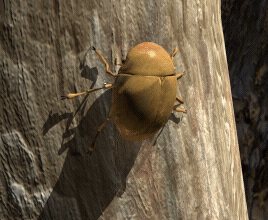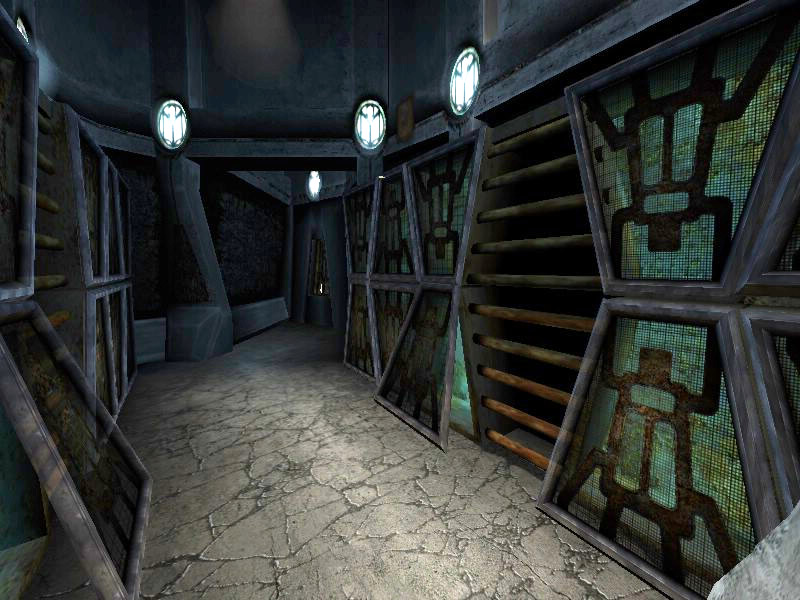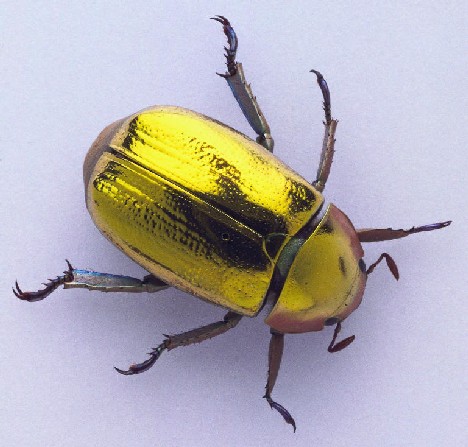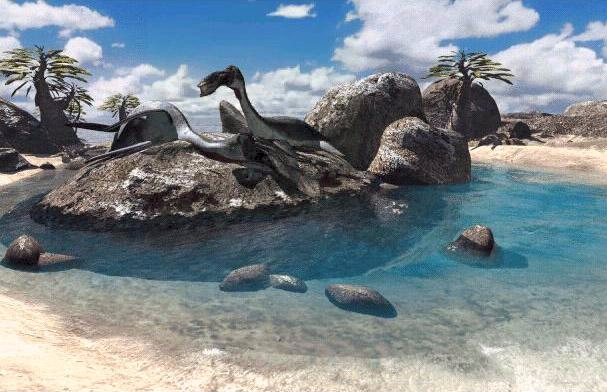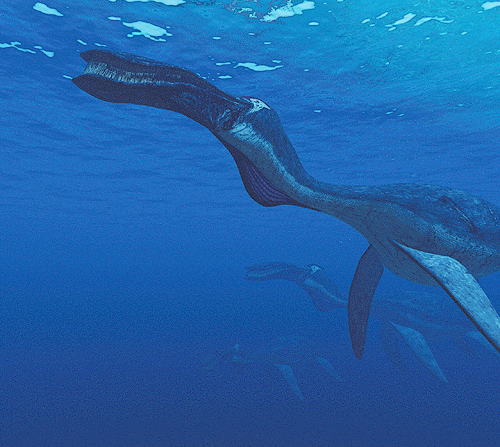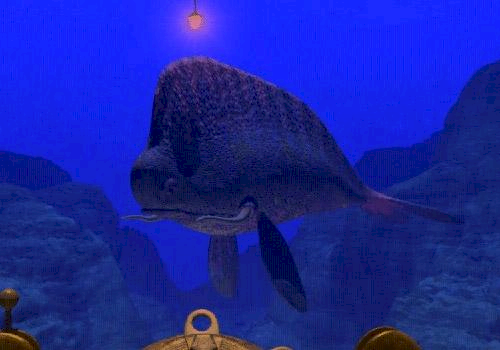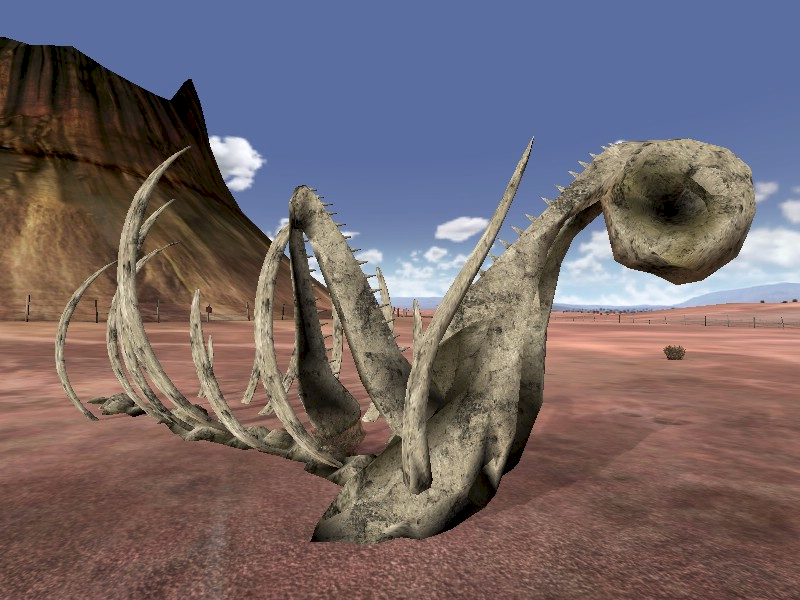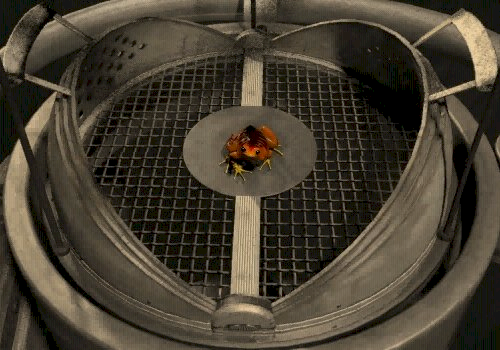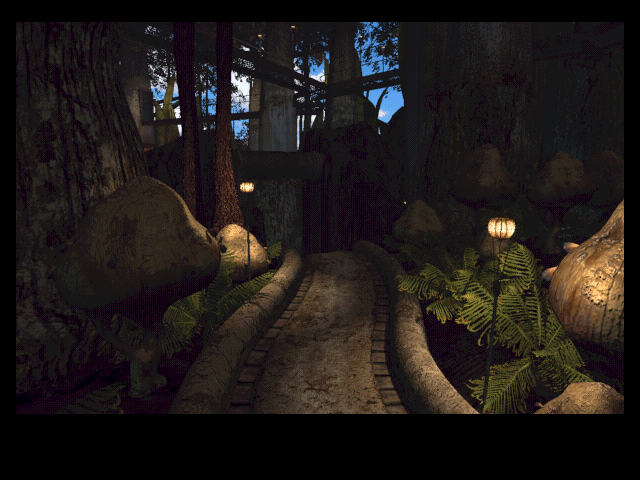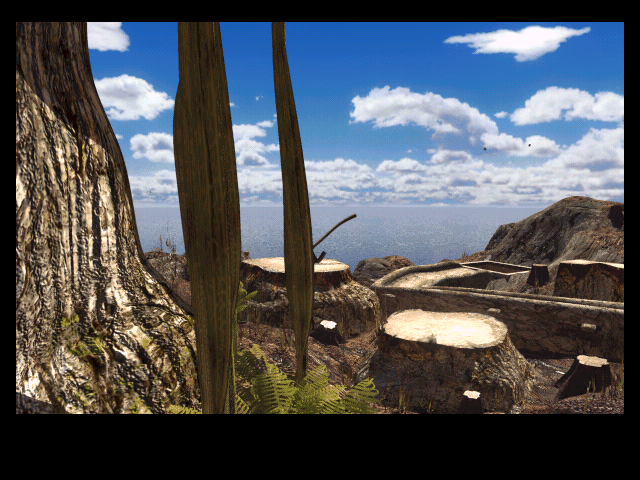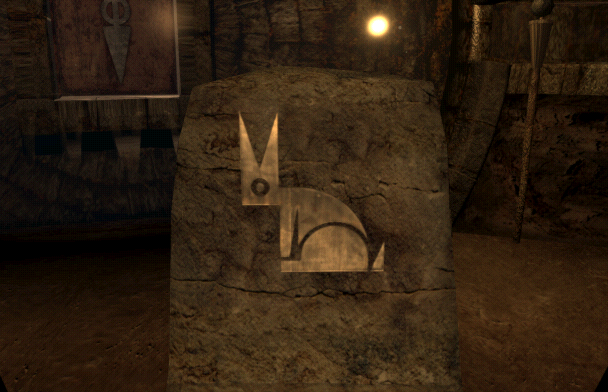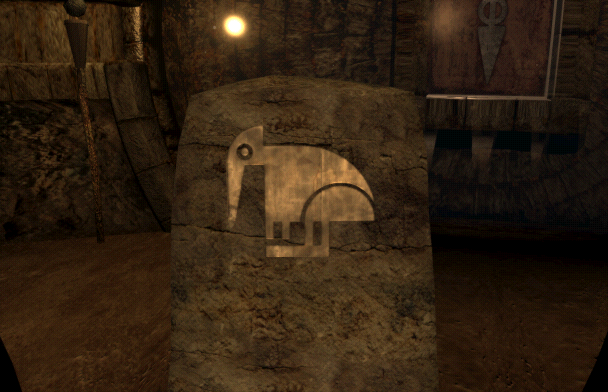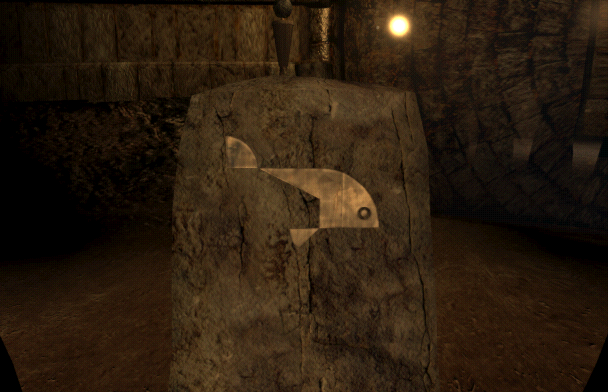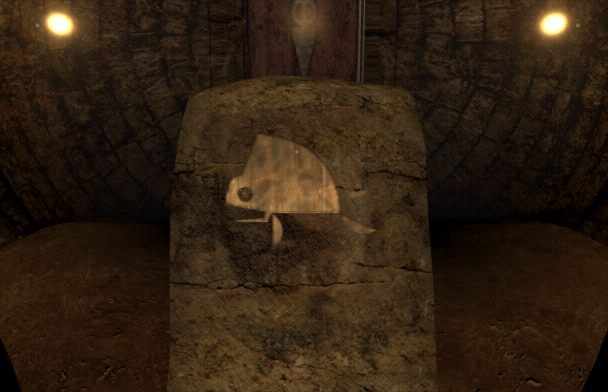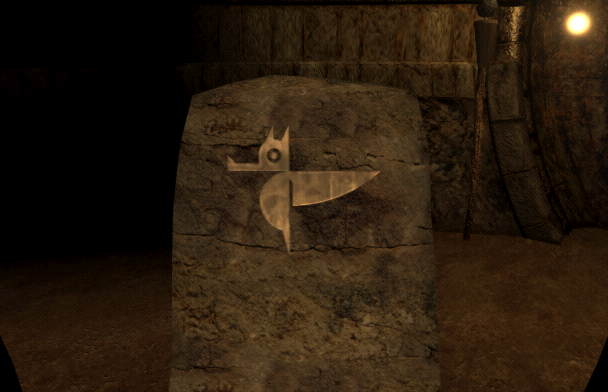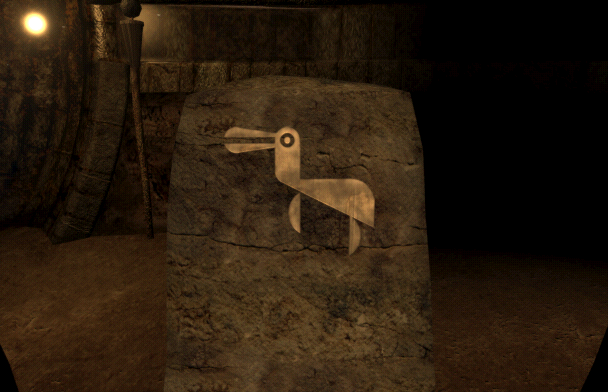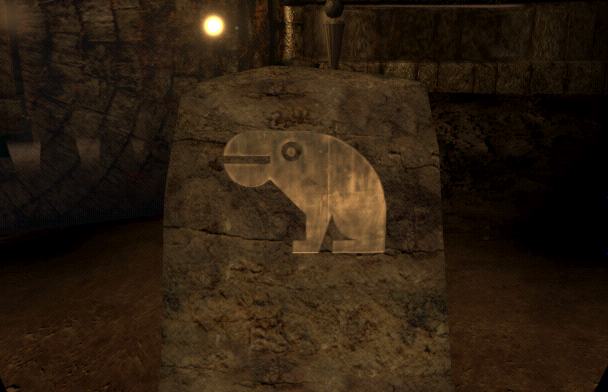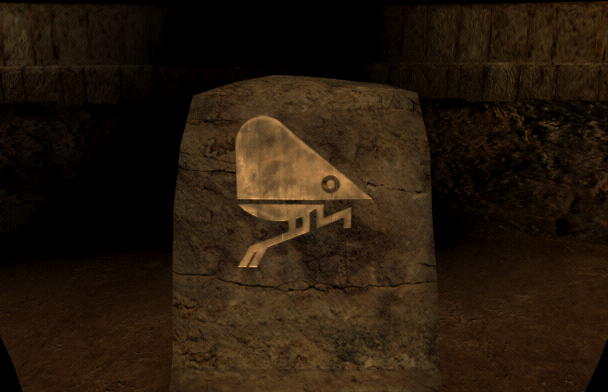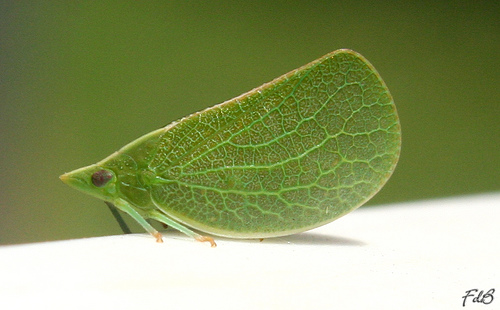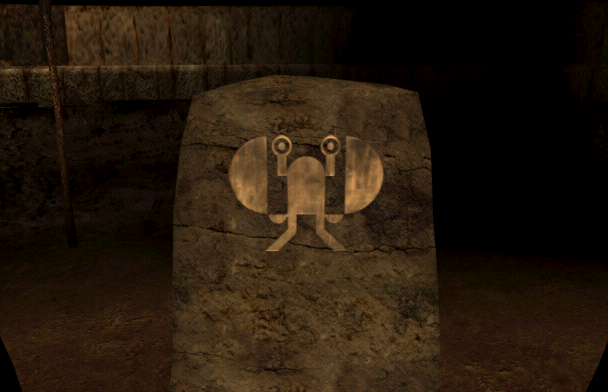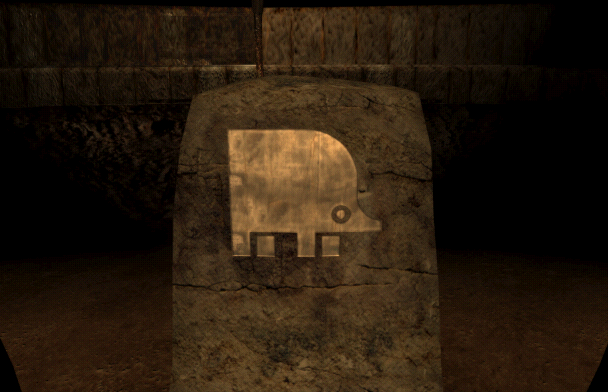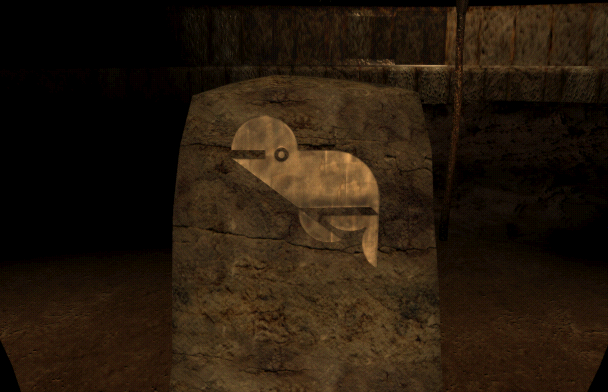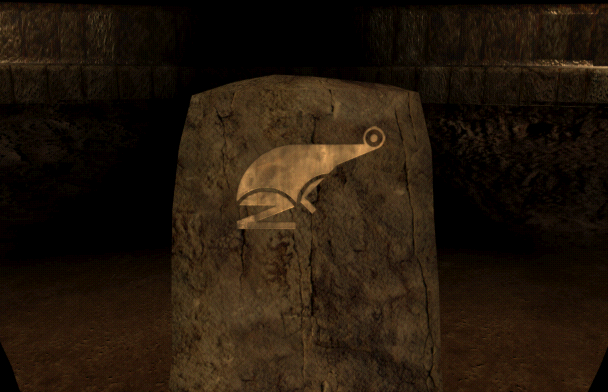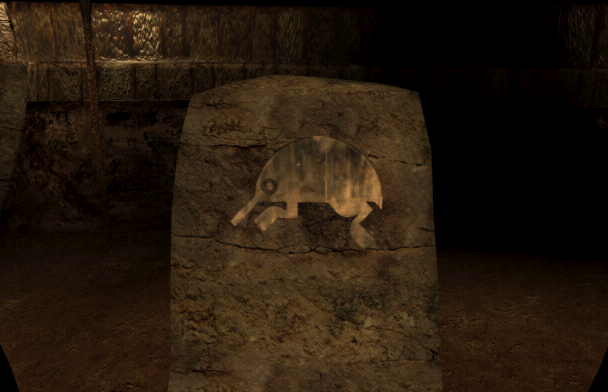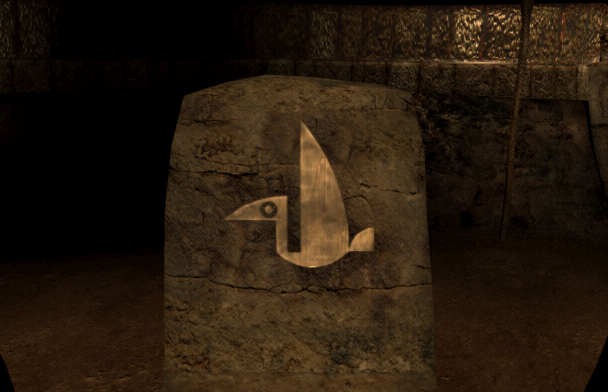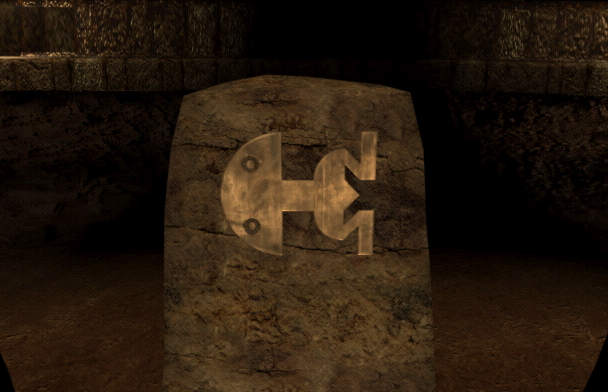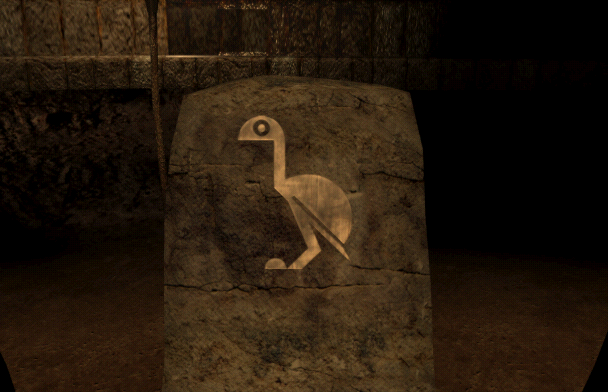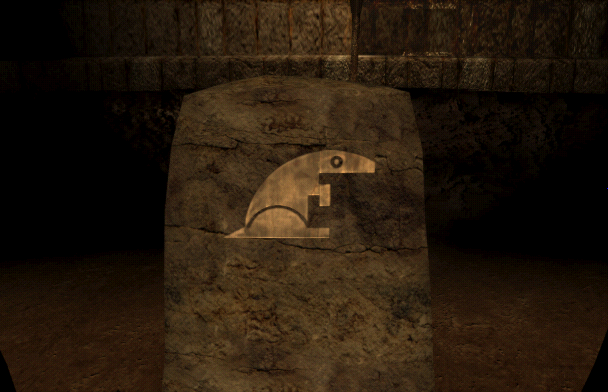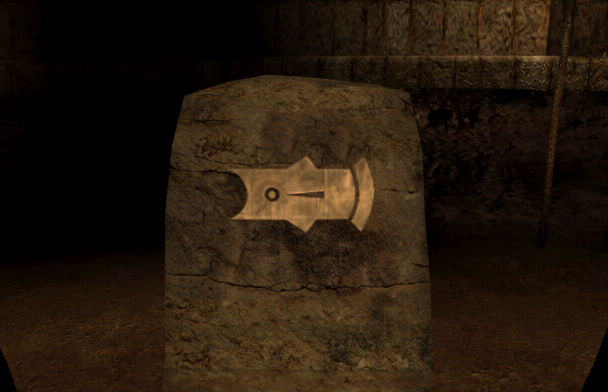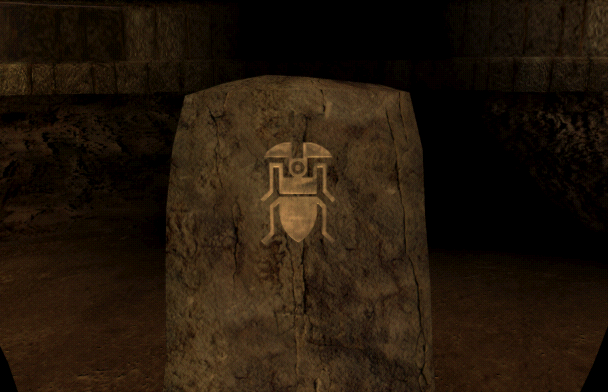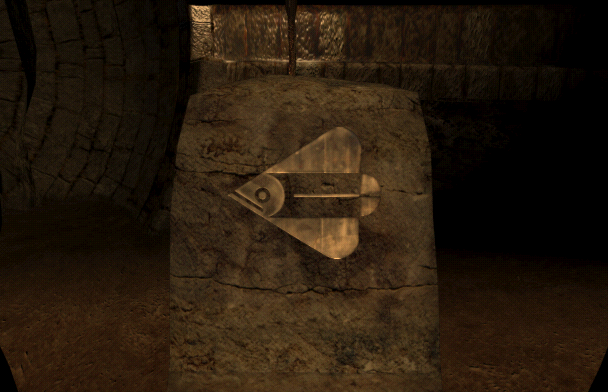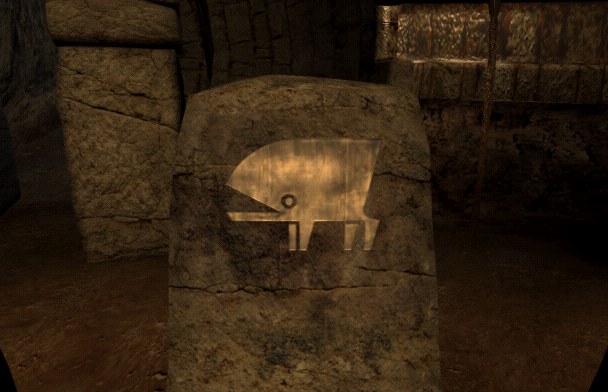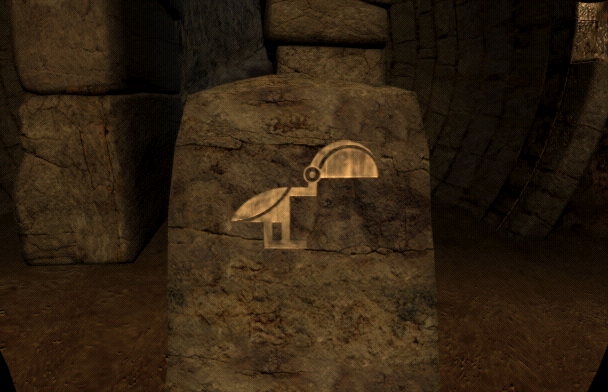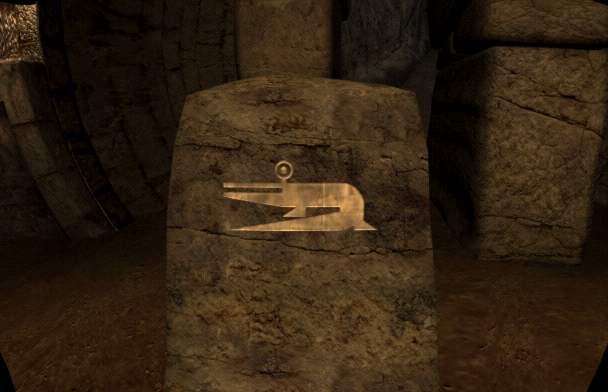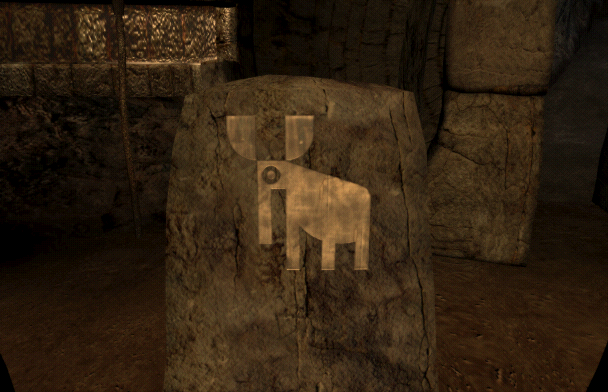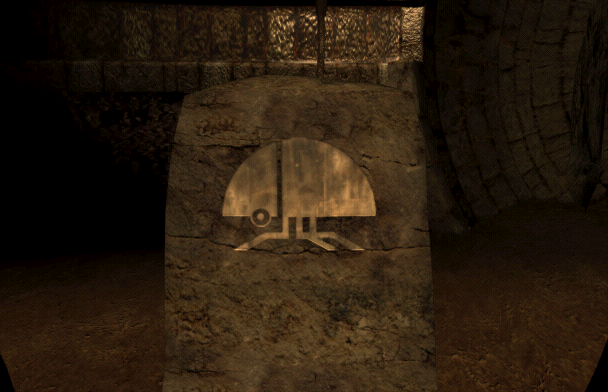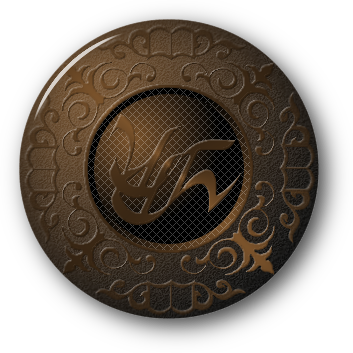

|
|
Riven was home to several known animals, such as scarab beetles, sunners, wahrks, ytrams, insects and a number of species of fish. Scarab Beetles: It is unknown if the scarabs are a native species, or if Gehn wrote them into the Age. It is now known that he had a habit of writing the resources needed for bookmaking into every Age he created, but there is no proof one way or the other. Also, there were closely guarded secrets involved in the process of making paper and ink for descriptive and linking books. For example, it's known that one of the ink components came from an underwater plant native to an Age called Venalem, and another component came from the scarab beetles, which are believed were native to Gahreesen. However, that leads to a paradox: if the necessary components to write Ages were not native to Garternay, how did the Ronay write the first descriptive books necessary to gather those ingredients? Still, since the beetles and trees are species Gehn knew were needed to create descriptive books, it is probable that he wrote them into Age Five. The scarab beetles were a tawny, golden color, and were sizable insects. Like most beetles, the forward pair of wings were modified into hard protective covers, while the second pair of wings folded underneath them when not being used. Since the Stranger was there on a rescue mission, not as an explorer, there was no attempt made to learn anything about their habits or diet. It's not known if the variety found on Riven were the same as the ones from Gahreesen — The beetle cages there show a stylized insect that has one major difference. The beetles of Riven had a large head which flowed smoothly back into the rest of the body, while the beetle cage design shows a small head attached to a larger body.
If you're wondering how the Riven scarab compares to an Earth variety, here is a picture of Chrysina resplendens, the Golden Scarab. It makes the Riven insect look dowdy.
Sunners: A marine mammal that appeared to have filled some of the role of the great whales of Earth. Sunners got that name because they liked to bask on warm rocks on sunny days. Sunners were similar to plesiosaurs in size and shape, but had large mouths that were filled with baleen plates and an expanding throat sack, very much like that of a great whale. This most likely indicates that they were filter-feeders who lived on marine plankton, krill, and possibly small fish.
Wahrks: Perhaps the most infamous creatures that were native to Riven, wahrks were a sea creature very much like a killer whale, although it's unknown if they were water or air breathers. The name is Rivenese and is properly spelled with an "a-h", but Gehn treated it as an amalgamation of the words "whale" and "shark", and spelled it "whark" in his journal. Resting in the desert near the Cleft is the skeleton of a wahrk, and the bones are possibly the remains of Gehn's pet that he kept in Totem Lake. Like killer whales, wahrks were solely carnivorous. Their overall build was also similar to a whale, with two forward flippers and a set of horizontal flukes. Unlike a whale's flukes, those of a wahrk were divided into two mostly separate segments. The upper body of the animal was dominated by a large sail that had some resemblance to that of a dimetrodon, although much thicker. Wahrks were both feared and venerated by the Rivenese natives, and Gehn used their attitude as a means of controlling the populace by tying wahrk symbology into much of his construction. The wahrk in Totem Lake was trained by Gehn to respond to a red lamp. He associated the lamp with food, and the animal would swim to an underwater window when the lamp was lighted, expecting to be fed. This is a picture of the Totem Lake wahrk.
Here are the bones in New Mexico, possibly from the same animal. The structure shows how very different the animal's head was from comparable Earth animals. The skull is actually a relatively small ball-shaped area at the forward end of the upper jaw, and is about the same size as an adult human torso. It has deep pits where the eyes were located, but does not have any orbital bone structure for them. Their were probably large back spines for the sail, but they and the bones for the tail and flippers are missing, possibly buried in the ground around the site. It's difficult to tell if the two projections on either side of the jaws were tusks or horns, but given their positions, horns may be more likely.
Ytrams: These were a species of frog-like creature found around the islands of Riven. Like frogs, they were amphibians with powerful hind legs for jumping, and long, sucker-tipped toes, three on each foot. Unlike frogs, they had a distinct neck and small head, and they did not have webbing between their toes. The skin of the ytram secreted a hallucinogenic toxin that was commonly used for poisoned darts by both Gehn's followers and the Moiety. Gehn desighned an dart gun for his forces, and routinely carried one himself. The Rivenese gave the name "heek" to the dart gun, possibly a reference to the sound it made when fired. The Moiety used blowguns to shoot the darts, probably for two reasons: blowguns are nearly silent in use, and it would have been difficult for them to acquire a supply of the explosive pellets needed for the heeks. Winged Creatures: These two pictures show fireflies and flies on Jungle Island, but it's very hard to see them. The small yellow dot just to the right of the center of the picture is a firefly.
The small black dots you can see with the clouds in the background are flies of some kind.
This movie clip shows two of the seabirds of Riven. Unfortunately, there are no images that show them up close.
Depictions The Moiety had twenty-five markers with representations of animals. Most of them are unidentified, and may have been extinct in the Age. It's known that there was a fish that was a staple in the native diet called a "webber", but it's not known which of these images represented it. The pictures show animals, fish, birds, and insects. All are shown the same size, so there is no way to judge how large they might be when compared to a human.
This one was a wahrk.
This represented the sunners.
Intrepid spotter Moose on the Loose has identified this animal as a Riven leaf insect.
This one represented the ytrams.
Moose on the Loose beleives this animal looks a little like an echidna.
This animal is most likely one of the seabirds that can be found in the skies around the islands.
The last one represented the scarab beetles.
|
Myst, the Myst logo, and all games and books in the Myst series are registered trademarks and copyrights of Cyan Worlds, Inc. Myst Online: Uru Live is the sole property of Cyan Worlds Inc. The concepts, settings, characters, art, and situations of the Myst series of games and books are copyright Cyan Worlds, Inc. with all rights reserved. I make no claims to any such rights or to the intellectual properties of Cyan Worlds; nor do I intend to profit financially from their work. This web site is a fan work, and is meant solely for the amusement of myself and other fans of the Myst series of games and books. |
